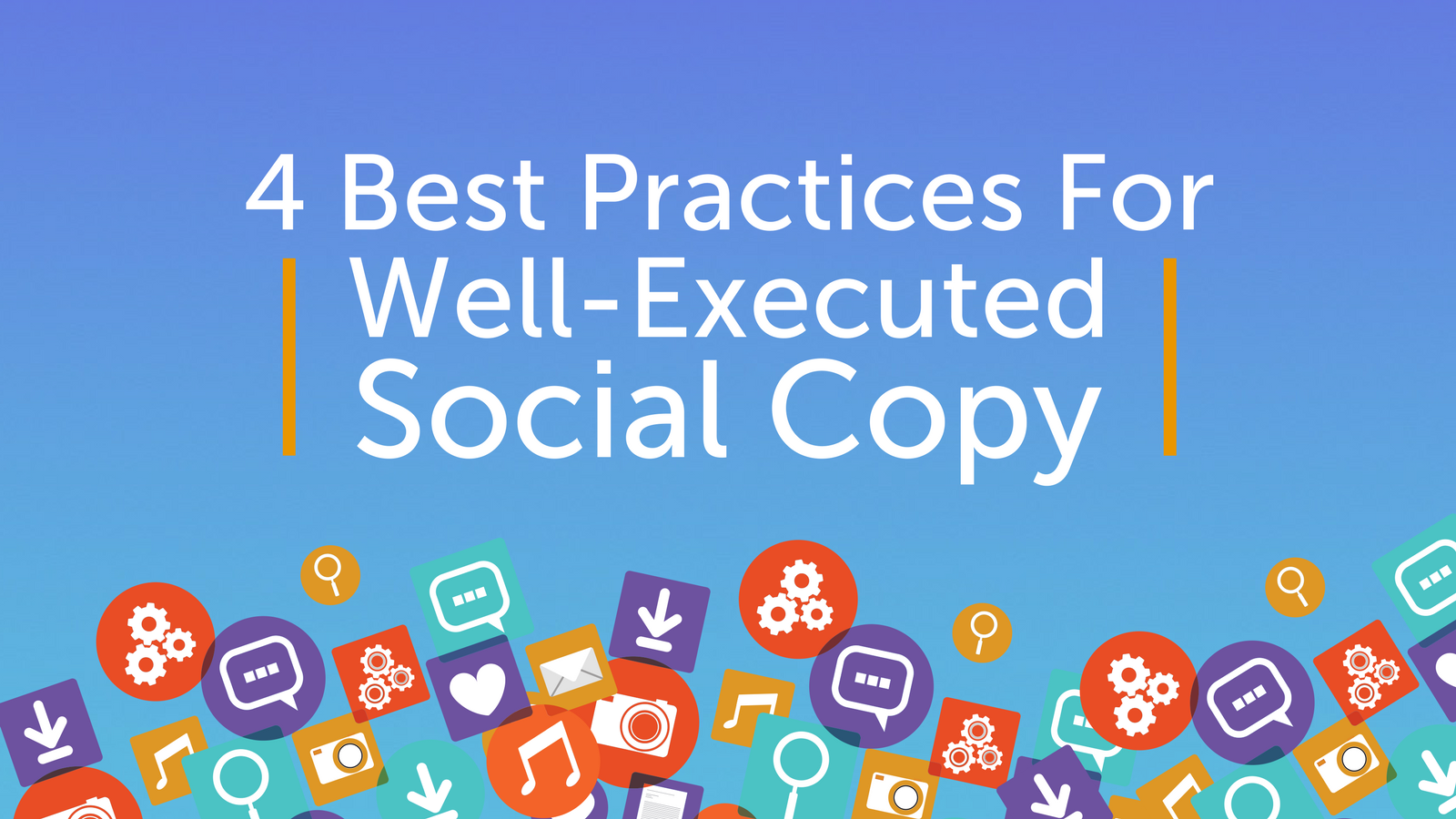
“What’s on your mind, _______?”
This question that greets over a billion daily Facebook users at the top of their news feed would lead you to believe that putting your thoughts and content out for the world to see is effortless.
For some people it is. For any organization that’s serious about building a solid foundation for social media engagement, maybe not. That’ll require both a dedicated plan and concentrated effort. Luckily, I have first-hand experience with this.
SEE ALSO: Master The Perfect Social Media Image Size For Every Platform
Best Practice #1: Invest Time Into an Industry Resources Document
We’ve all made investments that later ended up saving 10x the original time spent. A robust industry resources document is one of those.This looks like a living internal document or spreadsheet that lists your industry’s thought leaders, content-rich blogs, and publications. These are sources that regularly churn out thought-provoking, useful content that you can reshare to your own followers.Warning: This is not the place to put the thought leaders for your own business. Keep it audience-centric. Identify the buyer personas your messaging will target and only list resources that they would find helpful, interesting, or engaging.
SEE ALSO: 4 Steps to Kickstart Your Blog Content
Let’s look at a few examples. Say your business is in, or affiliated with, the cybersecurity industry. KrebsOnSecurity would be an excellent resource for you to jot down in your industry resources. Not only is it a well-respected, often quoted authority in online security issues, but the content is consistent, timely, and engaging for those who find the subject interesting. A+
Or maybe you’re a marketing company like us. We often cite the Kissmetrics blog for insights on marketing analytics and experimentation. In turn, your audience (other businesses looking for marketing help) would likely find some of those insights helpful in their search for marketing tips.
Best Practice #2: Construct a Weekly Grid
Open up your spreadsheet software of choice and get a grid template going. For the rows, list out all your active social media platforms (Facebook, Twitter, Instagram, LinkedIn, etc.). The columns are the days of the week. You get to decide if you want to do messaging on weekends or not. Here’s a rough representation of what it should look like:

Now you have a template for preparing social copy in an organized format. You can stagger messages to go out on different platforms on different days, and create new sheets for new weeks. It’s centralized. It’s shareable. And its simplicity will serve you well.
Best Practice #3: Post Regularly and Automate the Process
Determining how often you want to post on your platforms is a decision only you can make. For some companies, posting upwards of 3 or 4 times per day on Twitter might be a sound choice, while others may only feel compelled to do so once.
What isn’t in dispute is that you need to keep the content flowing. People easily become let down with sources that go dark for extended periods of time. To guarantee consistency, you can rely upon social media management software like Hootsuite, Buffer, etc. (We use HubSpot’s built-in feature) to schedule out your social ahead of time. Such a strategy meshes perfectly with your social copy grid, allowing you to handle a week’s worth of social all at once.
Best Practice #4: Remember the 60-40 Rule
60% of your social copy grid should be external resources, while 40% of them should be internal. For instance, let’s say you have 30 slots to fill. A healthy composition could look like this:
External
-
13 articles sourced from your industry resources.
-
3 news articles that are relevant to your industry and/or market.
-
2 white papers, studies, or publications relevant to your industry.
Internal
-
5 articles from your company’s blog.
-
4 tools, resources, or case studies issued by your company.
-
3 free trial offers for your product(s).
Why the heavy emphasis on external articles, you ask? They’re your social media platforms. Why shouldn’t you advertise more of your own content?
The short answer is also the only one that matters in this instance: Inbound marketing isn’t about selling yourself vigorously. You’ll build rapport and connection with prospective clients and customers by demonstrating in good faith that you’re diligently seeking out information on their behalf. Keep the internal material to a minimum.
SEE ALSO: A Simple Guide To LinkedIn Groups
Some Final Thoughts
If you outsource or delegate the social copywriting and scheduling process to someone else, there is a risk for external sources to originate from competitors. To prevent this, create a running “blacklist” of identified competitors, and have a system in place for vetting any questionable source to be sure you’re not accidentally promoting the wrong material.
Even though this framed approach to your social copy planning is well-defined and specific, that doesn’t mean that it can’t be dynamic. Keep your industry resource list open and grow it as you experiment with different types of articles and sources. Likewise, if you find that a sizable percentage of your warm leads are coming from a particular platform, expand the grid and increase your messaging on that one. That’s what “agile marketing” is all about.
How’s your social media presence looking? If you’re thinking it could use a little improvement, give us a shout. Helping companies hit their marketing goals and drive revenue growth is our chosen specialty.


 BACK TO ARTICLES
BACK TO ARTICLES 


